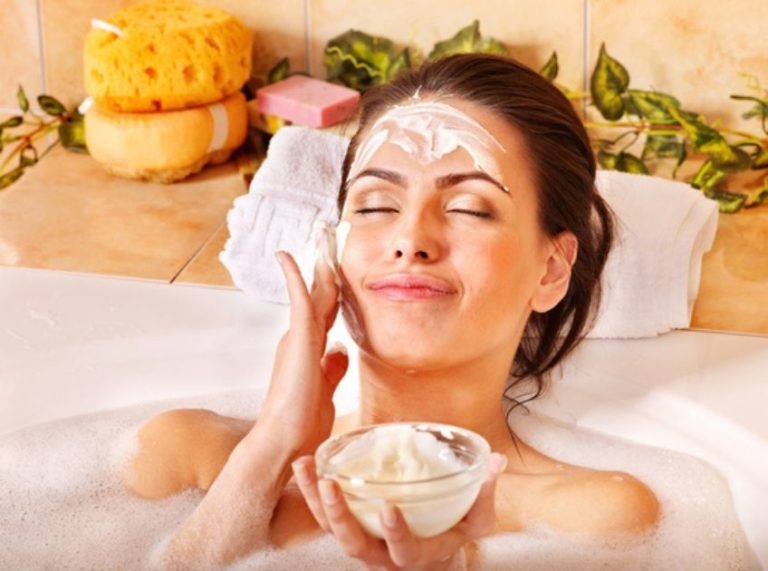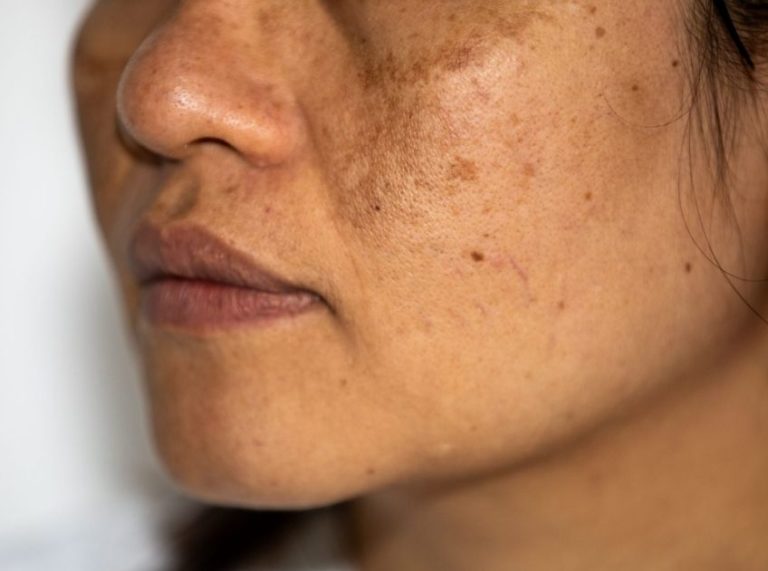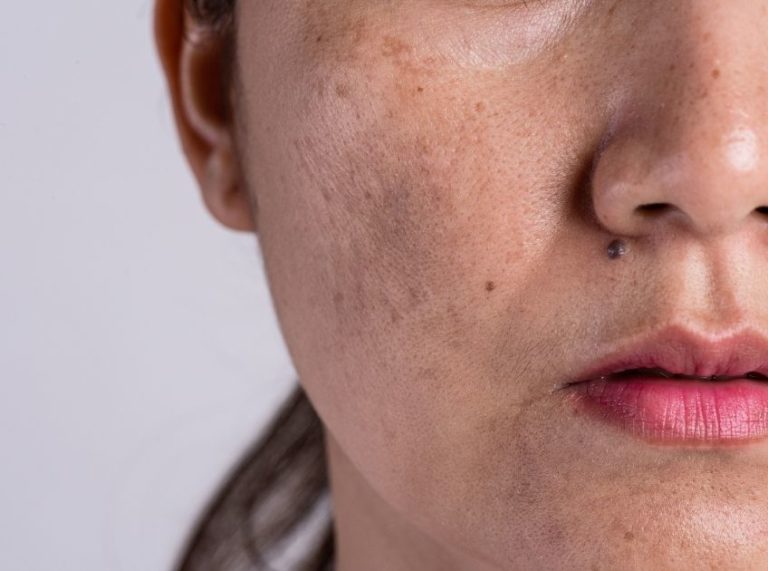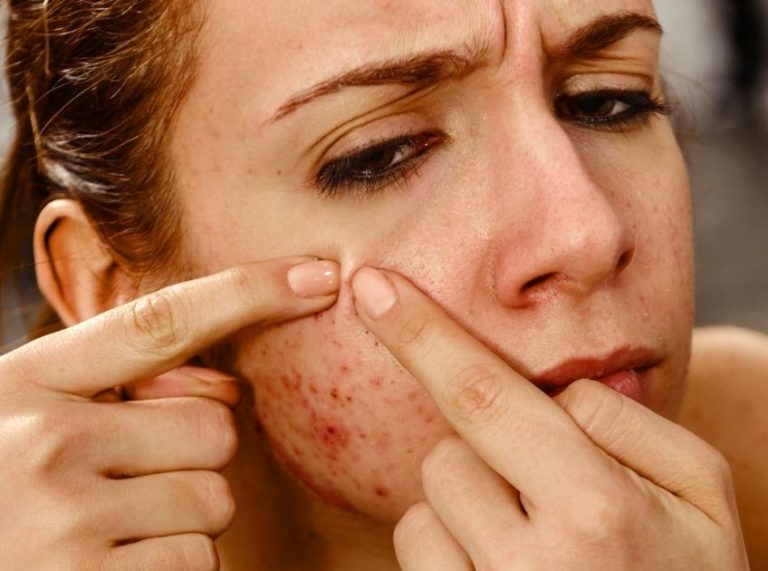
Important: This article is for informational purposes only. Please read our full disclaimer for more details.
If you are seeking a natural, effective moisturizer that hydrates, nourishes, and supports skin health, beef tallow offers a time-tested solution. Historically valued for its skin-replenishing properties, beef tallow is experiencing renewed popularity in modern skincare. This guide outlines how to create a beef tallow face cream that promotes softness, moisture retention, and overall skin nourishment.
Why Beef Tallow Is the Ultimate Skin Care Secret
Beef tallow is a rich, natural fat derived from cows, and it’s packed with skin-loving nutrients. It’s been used for centuries to soothe dry skin, reduce inflammation, and promote healing. Here’s why it’s perfect for your skincare routine:
- Deep Moisturization: It’s packed with fatty acids that penetrate deeply into the skin to provide long-lasting hydration.
- Nutrient-Rich: Contains vitamins A, D, E, and K, which help with skin regeneration and protect against free radical damage.
- Promotes Skin Healing: Helps with wound healing and is soothing for dry, cracked, or irritated skin.
- Non-Comedogenic: Beef tallow has a similar structure to our skin’s natural oils, making it a non-comedogenic moisturizer.
The Science Behind Beef Tallow Face Cream
Beef tallow (1) is rich in oleic acid, which makes it a powerful emollient that hydrates and locks moisture in the skin. It also contains palmitic acid, which strengthens the skin’s barrier function and protects against environmental damage. Additionally, its vitamin A content supports skin regeneration and helps combat fine lines and wrinkles.
- Oleic acid: Enhances skin barrier function, helps retain moisture, and calms inflammation (2).
- Stearic acid: Known for its ability to cleanse and protect the skin, stearic acid helps remove impurities (3).
- Vitamins A, D, E, and K: These fat-soluble vitamins are known for their antioxidant and skin-healing properties (4).
Scientific studies on animal fats, like tallow, suggest that they provide essential fatty acids that promote healing and maintain skin elasticity (1). A 2013 study in the International Journal of Cosmetic Science highlighted the benefits of fatty acids in moisturizing and protecting the skin from irritation (5).
Key Components of Beef Tallow Face Cream
- Beef Tallow: The base ingredient, providing hydration, nourishment, and healing properties.
- Essential Oils (Optional): Lavender or rose essential oil can enhance the scent and add additional skin benefits like calming and anti-inflammatory properties.
- Coconut Oil or Shea Butter: Adds extra moisture and skin-softening benefits.
- Beeswax (Optional): Used to create a thicker consistency for easier application.
Adjusting the quantity of these ingredients can help you personalize your face cream. For a lighter cream, use less beeswax and more coconut oil. For a thicker, richer cream, increase the beeswax or add more tallow.
When to Discontinue Use
Although beef tallow is generally safe for most skin types, you should discontinue use if:
- You experience excessive redness, irritation, or itching.
- You develop clogged pores or breakouts after several applications.
- You notice dry or scaly skin around the areas where you applied the cream.
Always do a patch test before applying the face cream to larger areas of the skin, especially if you have sensitive skin or are prone to breakouts.
What Skin Types Is Beef Tallow Best Suited For?
- Dry Skin: Beef tallow’s fatty acid content provides deep hydration, making it perfect for dry, flaky skin.
- Aging Skin: The vitamins A and E help rejuvenate the skin, reduce fine lines, and promote elasticity.
- Sensitive Skin: Beef tallow is gentle and helps soothe irritated skin. It’s also great for eczema, psoriasis, and other skin conditions.
Not ideal for:
- Oily or acne-prone skin (though some people with acne-prone skin still find it beneficial if used sparingly)
- Very sensitive skin types that react to oils
Is Beef Tallow Safe to Use on Your Skin?
Yes, beef tallow is generally safe for most skin types, especially when used in moderation. It’s a natural ingredient that’s rich in nutrients that nourish and protect the skin. However, if you have oily or acne-prone skin, it’s best to patch-test the cream first. Beef tallow is non-comedogenic for most people, but everyone’s skin reacts differently, so it’s important to test it out before committing.
Best 2 DIYS Beef Tallow Face Creams
DIY #1: Simple Beef Tallow Face Cream
Perfect for dry or sensitive skin looking for rich hydration.
Ingredients:
- 1/2 cup beef tallow
- 2 tbsp coconut oil
- 1 tbsp beeswax (optional for a thicker consistency)
- 5–10 drops lavender essential oil (optional)
Directions to Use:
- Melt the tallow: In a double boiler, gently melt the beef tallow until it’s fully liquid.
- Add the oils: Stir in the coconut oil and beeswax (if using), and let it melt completely.
- Cool down: Remove from heat and let it cool slightly before adding the essential oil (if using).
- Whisk to emulsify: Whisk the mixture until it forms a smooth, creamy texture.
How to Apply:
- Apply a small amount to clean, dry skin, gently massaging it in circular motions.
- Use this cream at night to deeply moisturize and repair the skin while you sleep.
DIY #2: Lightweight Beef Tallow and Shea Butter Cream
Great for sensitive skin that needs a lighter, more absorbable cream.
Ingredients:
- 1/2 cup beef tallow
- 1/4 cup shea butter
- 1 tbsp rosehip oil
- 5 drops frankincense essential oil (optional)
Directions to Use:
- Melt the ingredients: Gently heat the beef tallow and shea butter in a double boiler until melted.
- Add rosehip oil: Remove from heat and stir in the rosehip oil.
- Essential oils (optional): Add frankincense oil for its rejuvenating properties.
- Cool and store: Allow the mixture to cool and solidify before transferring it into a jar.
How to Apply:
- Apply a thin layer to the face in the morning or evening, massaging gently into the skin.
- Use consistently for best results, focusing on dry or sensitive areas.
Frequently Asked Questions (FAQ’S)
1. Can I use beef tallow face cream daily?
A. Yes, beef tallow face cream can be used daily, especially for dry or aging skin. However, if you have oily or acne-prone skin, start with 2–3 times per week.
2. Can I add other essential oils to my beef tallow cream?
A. Absolutely! Essential oils like lavender, frankincense, or tea tree oil can enhance the cream’s benefits. Just make sure to follow proper dilution guidelines.
3. How long does homemade beef tallow face cream last?
A. If stored in a cool, dry place, homemade beef tallow face cream can last for up to 3 months. Always check for changes in color, texture, or scent before use.
Beef tallow is a natural, nutrient-dense moisturizer that can work wonders for your skin. By making your beef tallow face cream, you control the ingredients and ensure a truly nourishing, hydrating product. Whether you have dry, sensitive, or aging skin, beef tallow could be the solution you’ve been looking for!















